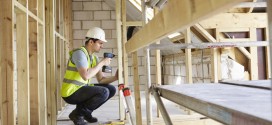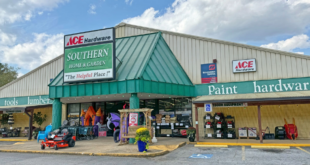Understanding major residential construction trends in the U.S. can help your business anticipate pro and DIY needs. As rising material costs and home prices impact the market, take a look at new research compiled from the National Association of Home Builders (NAHB) to see where home construction is headed in the coming months. For more information on any of the trends below, visit nahb.org.
Lumber prices have skyrocketed 180%.
Since last April, lumber costs have added an additional $24,386 to the average new single-family home. The price is affecting existing homes, too, adding roughly $9,000 to market values of multifamily homes. NAHB estimates the price of framing lumber hit $975 per thousand board feet compared to $350 in April 2020.
Existing home sales fell in February.
Following two months of increases in existing home sales, the figure fell to a six-month low in February. In total, existing home sales fell 6.6 percent in February, the lowest figure recorded since September. However, sales were 9.1 percent higher than a year ago. Homes stayed on the market for just 20 days on average, an all-time low and down from 21 days in January.
An affordability crisis is stalling potential sales.
More than 75 million U.S. households are currently unable to afford a new median priced home at $346,757. Builders cite several factors contributing to unaffordability, including shortages and delays in getting building materials, higher product costs and a continuing skilled labor shortage.
Higher material costs and rising interest rates concern builders.
Builder sentiment fell in March amid higher lumber and building material prices. The latest NAHB/Wells Fargo Housing Market Index shows builder confidence for newly built single-family homes dropped two points to 82 in March. This figure peaked at a level of 90 in November and has steadily decreased as housing affordability eroded.
 Hardware Retailing The Industry's Source for Insights and Information
Hardware Retailing The Industry's Source for Insights and Information






